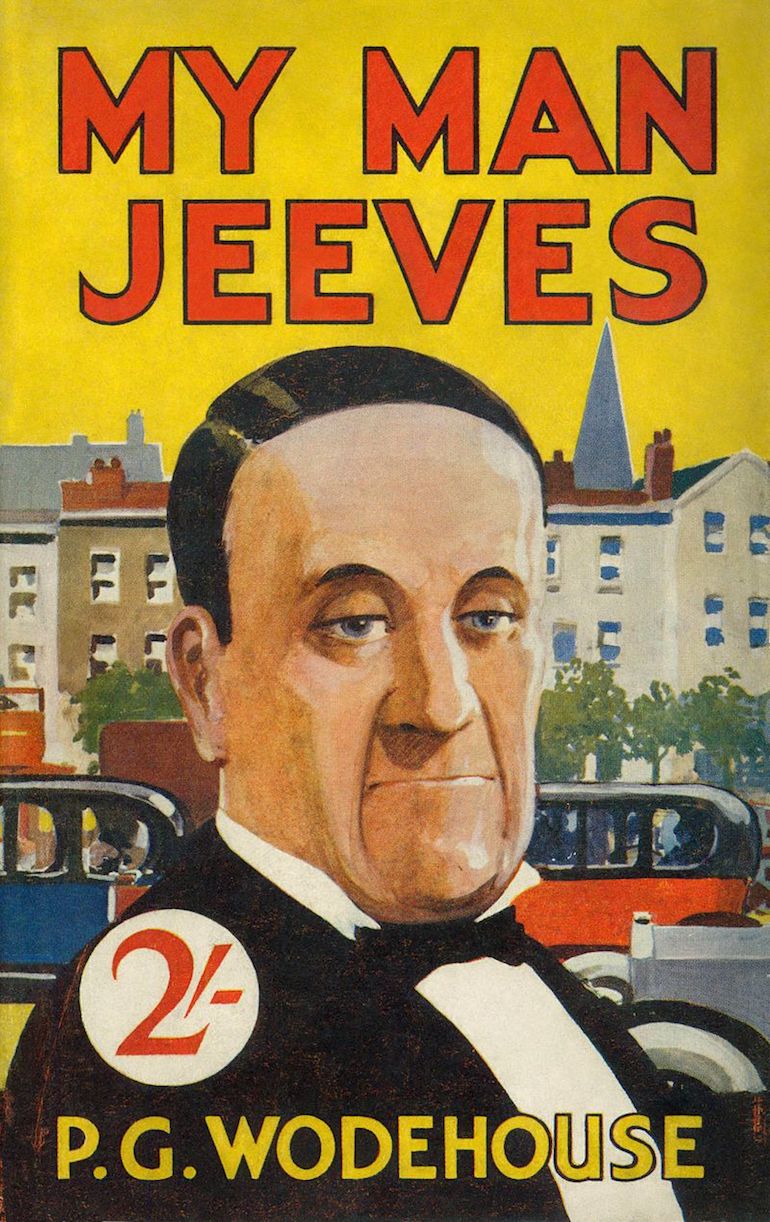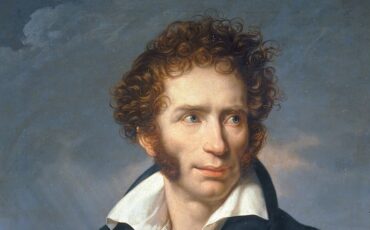Despite creating two of our best-known and much-loved Englishmen, Bertie Wooster and his butler Jeeves, P. G. Wodehouse Wodehouse did not spend a day in Britain after he left the country in 1939. It has now been announced, however, that this quintessentially English writer is to be honoured with a memorial plaque in Westminster Abbey. Blue Badge Tourist Guides often take their guests through the Abbey which is used for the coronation and major royal weddings.

Author P.G. Wodehouse in 1930. Photo Credit: © Public Domain via Wikimedia Commons.
Why has it taken so long for P. G. Wodehouse to be honoured at our national church when he was one of the twentieth century’s most famous and best-loved writers? The answer lies in a series of ill-advised radio broadcasts he made after he and his wife had been interned by the Nazis from their home in Le Touquet in France in 1940. Wodehouse had been offered the chance to fly back to the United Kingdom but, as this would have meant leaving his wife Ethel and their dog behind in France, he declined. The couple later tried to drive to neutral Portugal but their car broke down so they were imprisoned by the Nazis and Wodehouse was sent to Berlin where he naively agreed to make a series of broadcasts to the United States which were called How to Be an Internee without Previous Training. Wodehouse was trying to be light-hearted and to show that the British could maintain their stiff upper lip in the face of adversity while gently mocking his captors. The broadcasts turned out to be more Wooster than Jeeves, however, and he was widely reviled in Britain for them, some even saying that he should be tried for treason. As a result, Wodehouse returned to the United States, where he had previously lived for several years, and never returned to Britain before he died in 1975.
He had been born in Surrey in 1881 and was christened Pelham Grenville Wodehouse. Not caring for these names, like many Englishmen of the time, he was known by a nickname, in his case ‘Plum’. His parents lived in Hong Kong and – again this was normal for the time – Wodehouse was brought up apart from them in boarding schools and by a series of aunts and uncles, many of whom were to reappear thinly disguised in his books later in his life.

English Heritage Blue Plaque for P.G. Wodehouse in London. Photo Credit: © Gareth E Kegg via Wikimedia Commons.
P. G. Wodehouse attended Dulwich College in South London, which he loved, and was set to go to Oxford University but a downturn in the family finances led to him being sent to work in a bank, which he hated. (It is interesting how many great literary careers grew out of financial misfortunes besetting the writer’s family – Shakespeare, Charles Dickens, George Eliot.) The young Wodehouse was impatient to leave the bank at the end of the day to return to his writing. He gradually gained success in publishing stories in magazines and had his first book published in 1902 when he resigned from the bank to become a full-time author.
Wodehouse was a prodigious writer and completed over a hundred books seventy-one novels, twenty-one story collections, a volume of poetry, plays and films scripts and no less than three autobiographies. He wrote seven days a week on an old typewriter and then had a couple of martinis before dinner with his devoted wife Ethel, who organised their lives in Long Island so that he could concentrate on his writings. He never returned to Britain after settling in the United States and took American citizenship in 1955. P. G. Wodehouse remains for many the creator of an ideal England and, after receiving a knighthood shortly before his death, is now to be honoured in Westminster Abbey along with so many other great writers.

Cover of My Man Jeeves by P. G. Wodehouse. Photo Credit: © Public Domain via Wikimedia Commons.







Leave a Reply